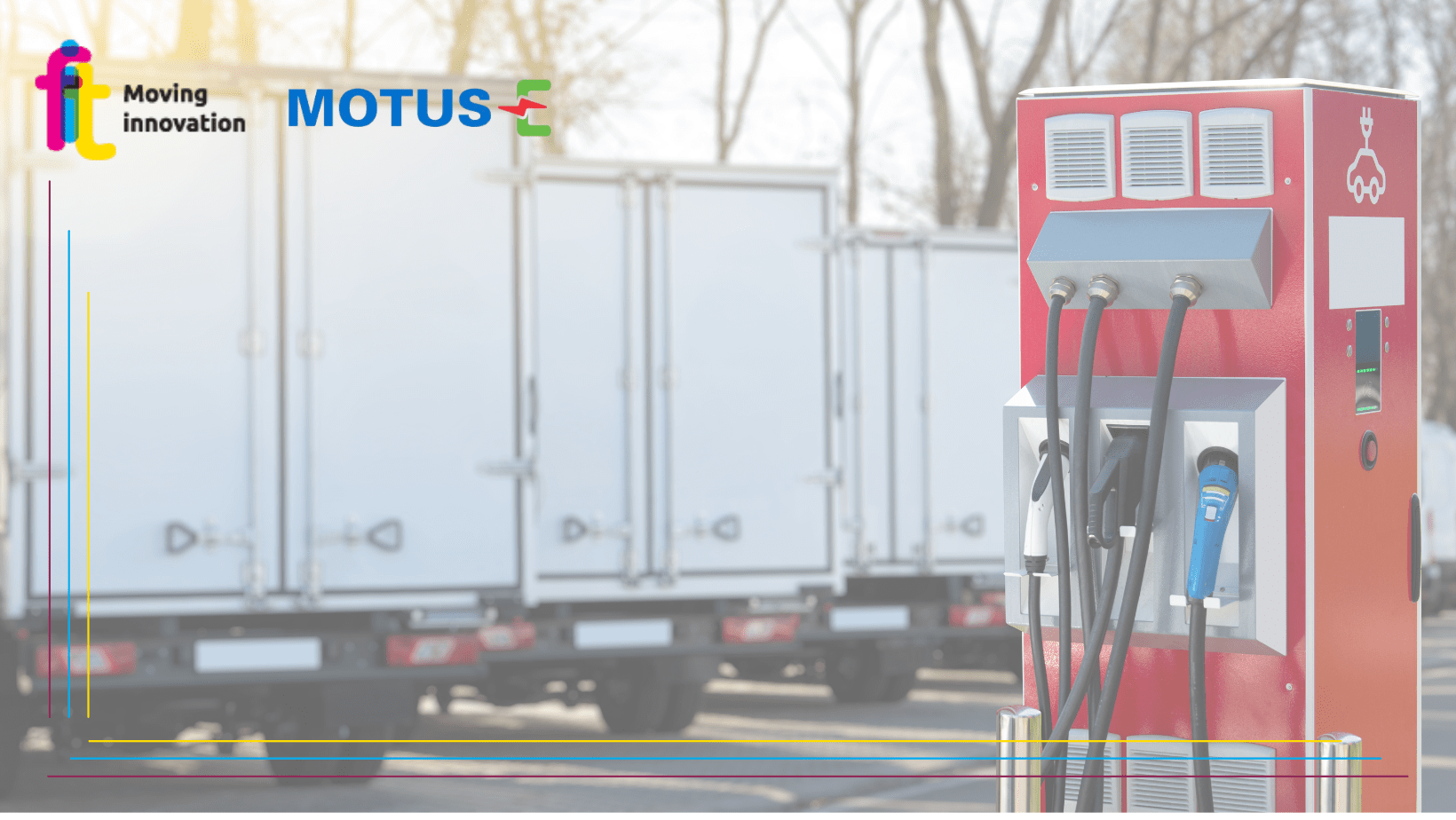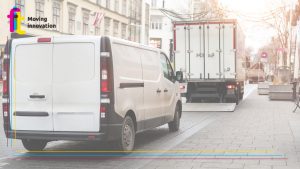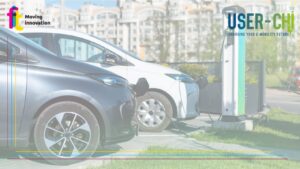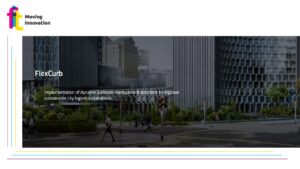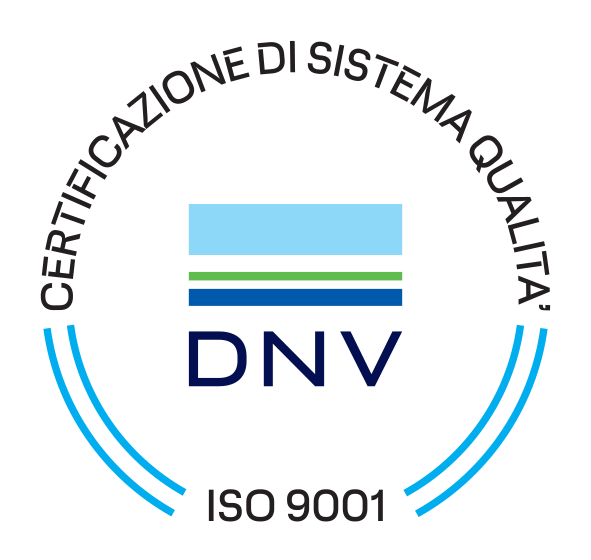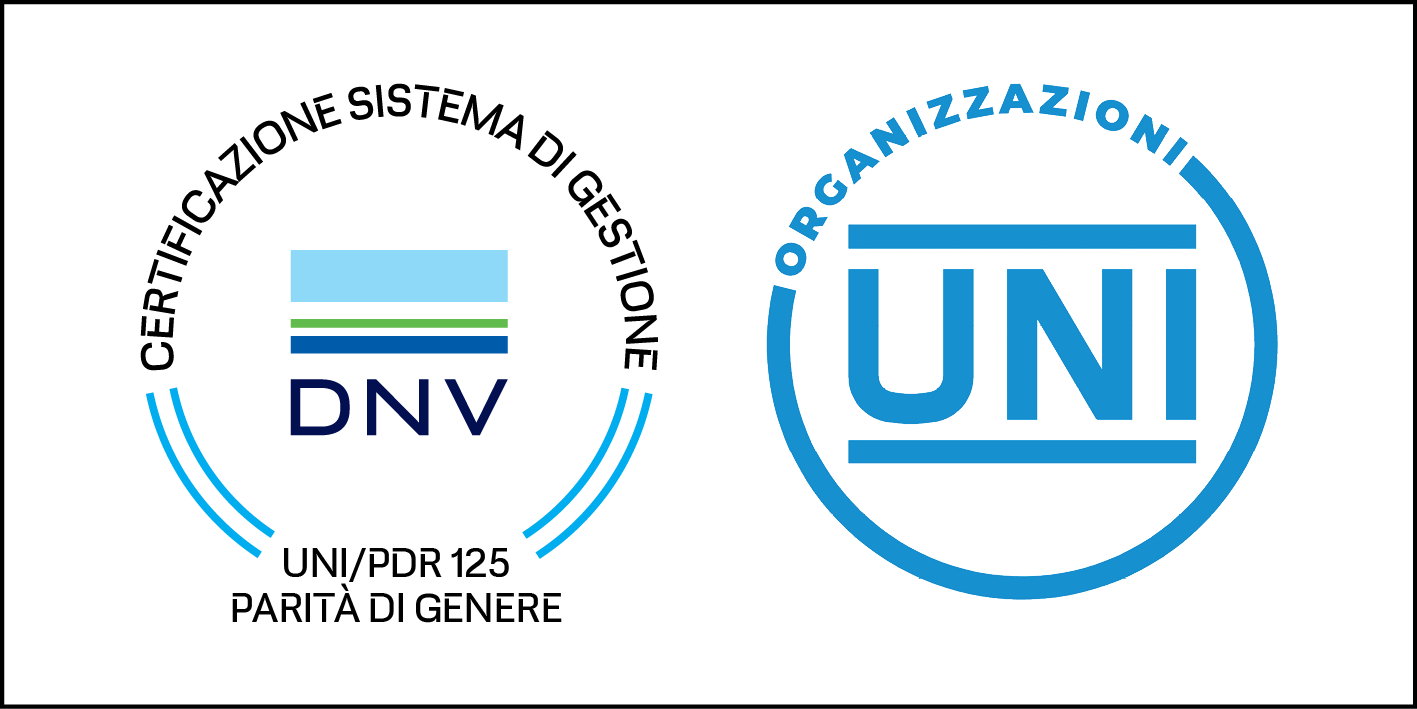Electrification of freight transport in Italy: the results of the study conducted by FIT and Motus-E to enable the resilient and sustainable development of the country
The movement of people, goods, information and ideas has always been a fundamental component underpinning the development of human societies. Although difficult to quantify, the direct link between the efficiency of the system of mobility of goods and persons and the competitiveness and development of the territory is now well established: efficient and sustainable mobility enables opportunities and generates multiplicative beneficial effects; on the other hand, inefficiencies in the transport system lead to high costs, depletion of resources, progressive marginalisation…
Heavy goods vehicles transport on average 77% of all goods moving in Europe, producing 6% of the overall total of greenhouse gas emissions, as almost all of them (99%) are powered by oil derivatives imported from other continents. Overall emissions have been steadily increasing since 2014.
To address this situation, the European Union has set ambitious targets for reducing greenhouse gas emissions, whose net emissions should fall to 45% of 1990 levels by 2030 and to zero by 2050. In order to meet the climate targets, the European Parliament has given final approval to new binding targets for the reduction of CO2 emissions from new light commercial vehicles (and passenger cars), which stipulate that transport emissions must be reduced by 90 per cent by 2050 to achieve climate neutrality. The approved legislation includes a requirement for new light commercial vehicles to produce no CO2 emissions from 2035. The goal is to reduce emissions from these types of vehicles by 100 per cent by 2021.
The objectives of the study
In this scenario, we can therefore say that intelligent modernisation of the transport systems in our cities and territories is possible today.
Motus-E, an italian association that has always been committed to promoting the culture of zero-emission mobility, asked FIT Consulting, an italian company specialising in mobility analysis and innovation models, to carry out an independent study to define the key points of a broad decarbonisation and electrification process in the road freight transport sector – a mode of transport that accounts for 85% of all goods moved in our country -, contextualising them with reference also to the measures and incentives that are made available to logistics operators in other European countries and, inevitably, in the current moment of persistent critical economic situation.
The investigation carried out
The work carried out by FIT has therefore provided a valid basis for Motus-E and its associates to present the country’s ruling class and the stakeholders involved with a few simple, concrete proposals that can speed up the path towards achieving the environmental objectives set by the European Union. The aim is indeed to achieve positive and certain results in a short time, thus contributing to a resilient and sustainable development of our country, without compromising the automotive supply chain.
The paper takes stock of the ecological transition process of the road haulage sector, both urban and suburban, and analyses in detail the possible electrification trajectories of the sector due to the willingness/willingness of the sector’s operators to abandon endothermic commercial vehicles (ICE) in favour of Battery Electric Vehicles (BEV) by comparing their respective Total Cost of Ownership (TCO).
On the basis of this analysis, which was carried out for the first time in Italy by collecting from official databases the relevant data actually available on the basis not only of the vehicle’s emission class (from the Motorizzazione and the ACI) and the vehicle type in terms of load capacity (from ANFIA and the ACI), but also on the basis of the type of mission and the reference supply chain (from the Albo Autotrasporto and the Chambers of Commerce), three types of scenario were developed:
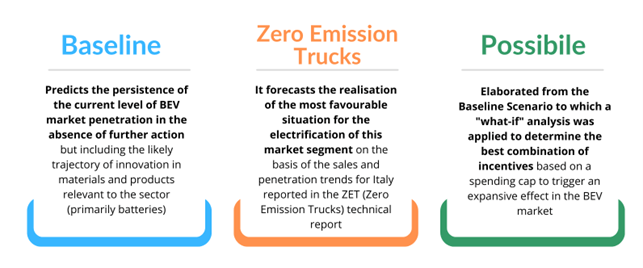
The ZET scenario was elaborated by Cambridge econometrics and Politecnico di Milano and presented in the related report, available at this website.
In order to provide political decision makers with a complete factual basis and a strategic perspective that can support an informed comparison in order to make the best decisions for the country without compromising the future of the next generations and opportunities for economic development, a “What if Analysis” was carried out, simulating the impact of market incentives for BEVs (e.g. zeroing of registration costs, road tax, motorway tolls, reduction in insurance costs, contributions to vehicle purchases, etc.) based on those already in place in European countries, with the principle of “Value for Money”, i.e. where the Italian State should invest one euro to guarantee a more consistent return in terms of a greater number of BEVs. ) on the basis of those already in place in European countries, with the principle of ‘Value for Money’, i.e. where the Italian State would have to invest one euro to guarantee the greatest return in terms of the greatest number of BEVs circulating.
The methodology of the study
The study was complex and articulated, carried out following a series of steps that led to the development of the conclusions contained in the final Roadmap:
– The segmentation of the market, defined according to an accurate methodology, made it possible to reconstruct the vehicle fleet, which sees 80% made up of light vehicles used mainly for short distance missions and 10% made up of heavy vehicles polarised on short or very long distances. The miscellaneous goods sector comprises about 72% of vehicles, 23% belong to the construction sector and 5% to the waste sector. A more detailed analysis of this can be found in the italian report.
– A European-level benchmark, which provided a series of useful evidence for the subsequent identification of incentives for the hypothesised scenarios.
– The PESTLE (acronym for Political, Economic, Social, Technological, Legal, Environmental) analysis, which highlighted a number of key messages useful for the subsequent definition of the roadmap. A more detailed analysis of this can be found in the italian report.
– The construction of the model for estimating the penetration of BEVs in the period 2023-2030 consisted of the following steps: calculation of the Total Cost of Ownership (TCO) of electric and endothermic powered vehicles; use of the logistic curve (S-Curve) for estimating the registered vehicles as a function of the annual progression of the TCO; “What-if” analysis and scenario creation.
The Roadmap for the electrification of freight transport
The analysis of the scenarios showed that the Possible Scenario, characterised by a mix of incentives to trigger an expansive effect in the BEV market, is the one best suited to describe a possible dynamic of digital transformation and ecological transition of the sector. The incentives hypothesised in this scenario are to be allocated to support the costs of purchasing, motorway tolls and vehicle registration and circulation taxes.
The final result of the study is the formulation of a roadmap to 2030 that brings together key directions for institutions and the entire national freight transport sector. The five points identified in the roadmap are as follows:
- Evolution of the road transport operating model
- Valorisation of impacts
- Creation of the supply chain
- Public incentives
- Public-private partnership
The points listed above are detailed in the full italian report.
The study conducted by FIT therefore enables the road haulage sector to make a contribution to the achievement of the ambitious targets set by the European Union – to reduce emissions by 55% in less than ten years, compared to 1990 values, as established by the Green Deal -, so as to achieve positive and certain results in a short time to contribute to the resilient and sustainable development of our country, without compromising the automotive supply chain, but rather retraining its workers in terms of innovation and digital skills.
Download the full report (currently only available in Italian) by clicking here.
Need more information? Contact our team. We are available to provide more in-depth information, also in English.
This contribution was written by: Fabio Cartolano, Managing Director FIT Consulting.
To request further information and insights: cartolano@fitconsulting.it

